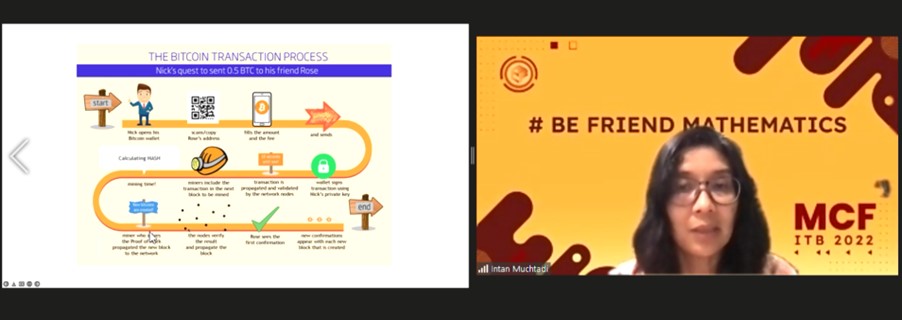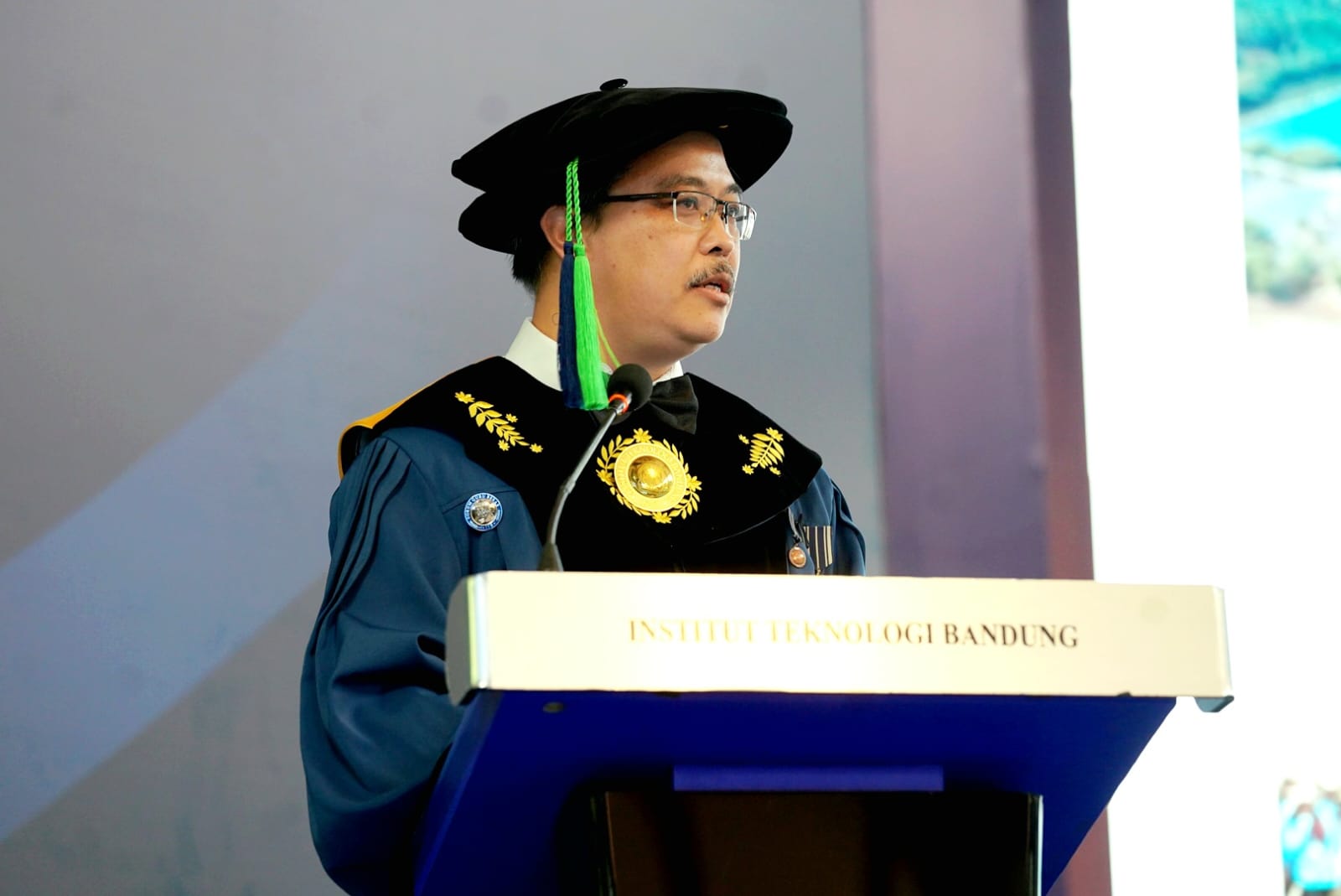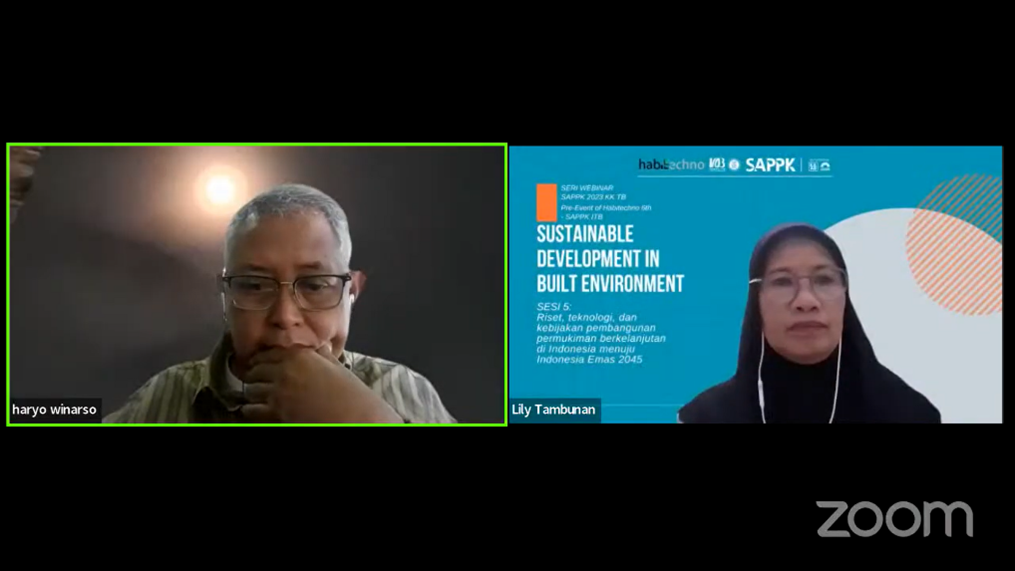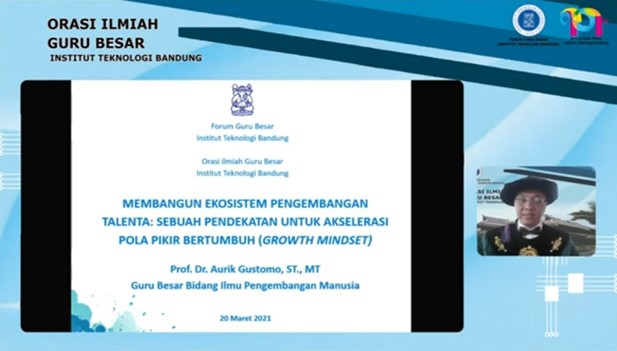How is Bitcoin made? ITB Mathematics Professor Explains
By Adi Permana
Editor Adi Permana

BANDUNG, itb.ac.id–Lecturer of the Mathematics Study Program in Faculty of Mathematics and Natural Sciences ITB (FMNS ITB), Dr. Muchtadi Intan Detiena, S.Si., M.Sc., introduced cryptocurrency and its future potential at the Mathematical Challenge Festival ITB 2022 (MCF ITB) on Saturday (19/3/2022).
The Mathematical Challenge Festival ITB is a series of events and competitions as a result of the collaboration between the Mathematics Student Association (HIMATIKA) ITB with the Undergraduate Program in Mathematics ITB and Undergraduate Program in Actuarial Science ITB.
Dr. Intan starts off her material presentation by explaining Cryptocurrency and Bitcoin in general terms. “Cryptocurrency is electronic money or virtual currency. Meanwhile, Bitcoin is one of the most successful representations of Cryptocurrency. Bitcoin was first developed in 2008 by Satoshi Nakamoto as a software based online payment system and was then introduced as an open-source software in 2009,” she states.
The fundamentals of Bitcoin are different compared to the conventional currency. Various conventional currencies are based on the quantity of gold, silver, and other types of metal. On the other hand, the Bitcoin system is run by the Bitcoin protocol which is based on mathematics.
Bitcoin has several features which differentiates it from the normal currency. The first characteristic is that it is decentralized, meaning the Bitcoin protocol does not need a third party and theoretically is not controlled by a central authority. Another unique feature of Bitcoin is that it is transparent and anonymous. “Bitcoin is kept safe in a wallet which can be accessed by its owner. Said wallet uses public key cryptography which consists of two types of keys, them being a public key and a private key. The public key can be considered as the account number and the private key can be considered as ownership,” Dr. Intan said.
Additionally, Bitcoin also does not charge fees for national and international transfers. “Bitcoin protects against double spending by verifying each and every transaction added to the blockchain to ensure the input for the previous transaction has never happened before,” Dr. Intan states.
How is Bitcoin Made?
The Bitcoin making process is often called the “Mining Process” and Bitcoin makers can be called as “Miners”. Miners use specific software to break mathematical problems in the form of the Bitcoin algorithm. After that, they are finally able to receive an amount of coins. Bitcoin is produced every time a user builds a new block,” Dr. Intan explains.

This software creates up to 21 million new units. The rate of block creation is also estimated to be consistent from time to time with a decrease of 50% every four years.
Bitcoin can be obtained through many different types of ways, from Bitcoin mining, receiving Bitcoin as a means of payment, Bitcoin trading, and also getting Bitcoin as a fixed income as well as interest payment. However, the usage of Bitcoin has given rise to many disagreements and issues, both technical and theoretical. These problems start from mining issues, debates between independent and decentralized currency, skepticism regarding unregulated application of new technology in the financial sector, to even incompatibility with regulations and tax issues.
Due to that, the usage of Bitcoin certainly gives out its fair share of advantages and disadvantages. Bitcoin is an easy-to-set up and fast financial tool. Its transfer fee is also cheap and unchangeable. However, the financial products of Bitcoin are still relatively new and haven't been investigated yet. The history of Bitcoin is also questionable, in addition to its undetermined legal status. Furthermore, the anonymity and tax status of Bitcoin is unclear.
Reporter: Yoel Enrico Meiliano (Food Engineering, 2020)
Translator: Hanna Daniela Ayu (Faculty of Mechanical and Aerospace Engineering, 2021)

.jpg)
.png)
.jpg)
.jpg)
.jpg)



